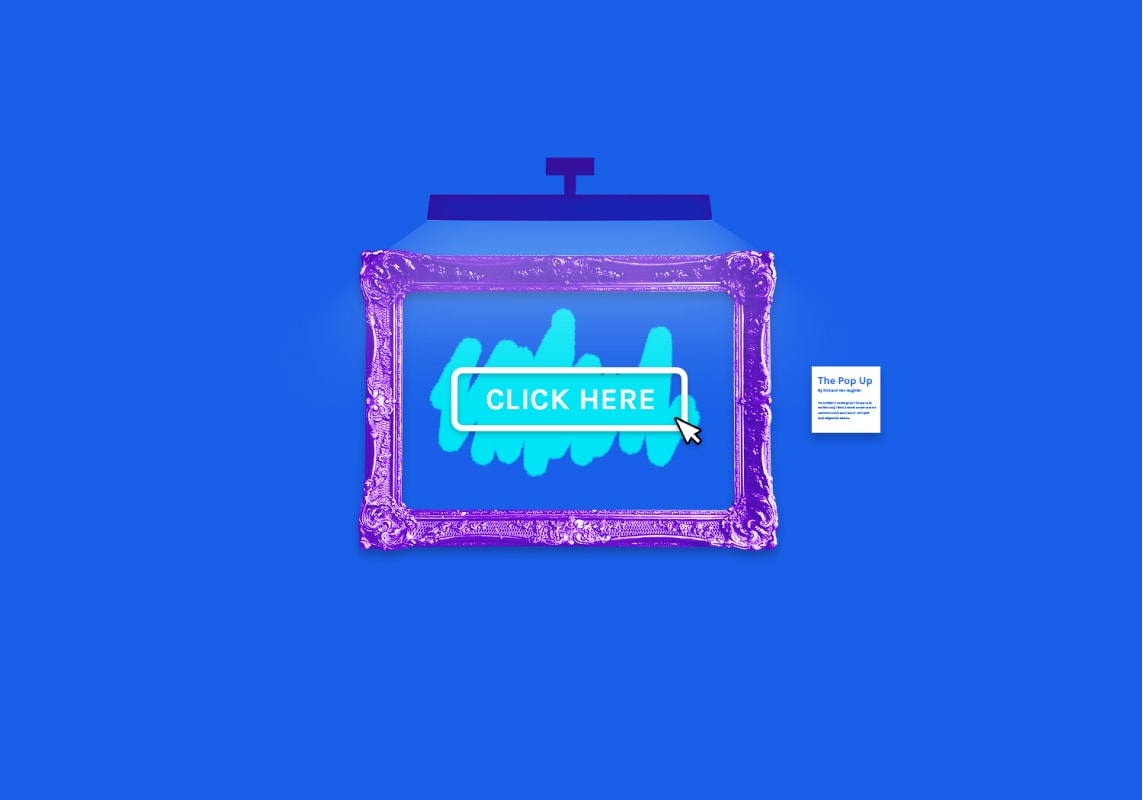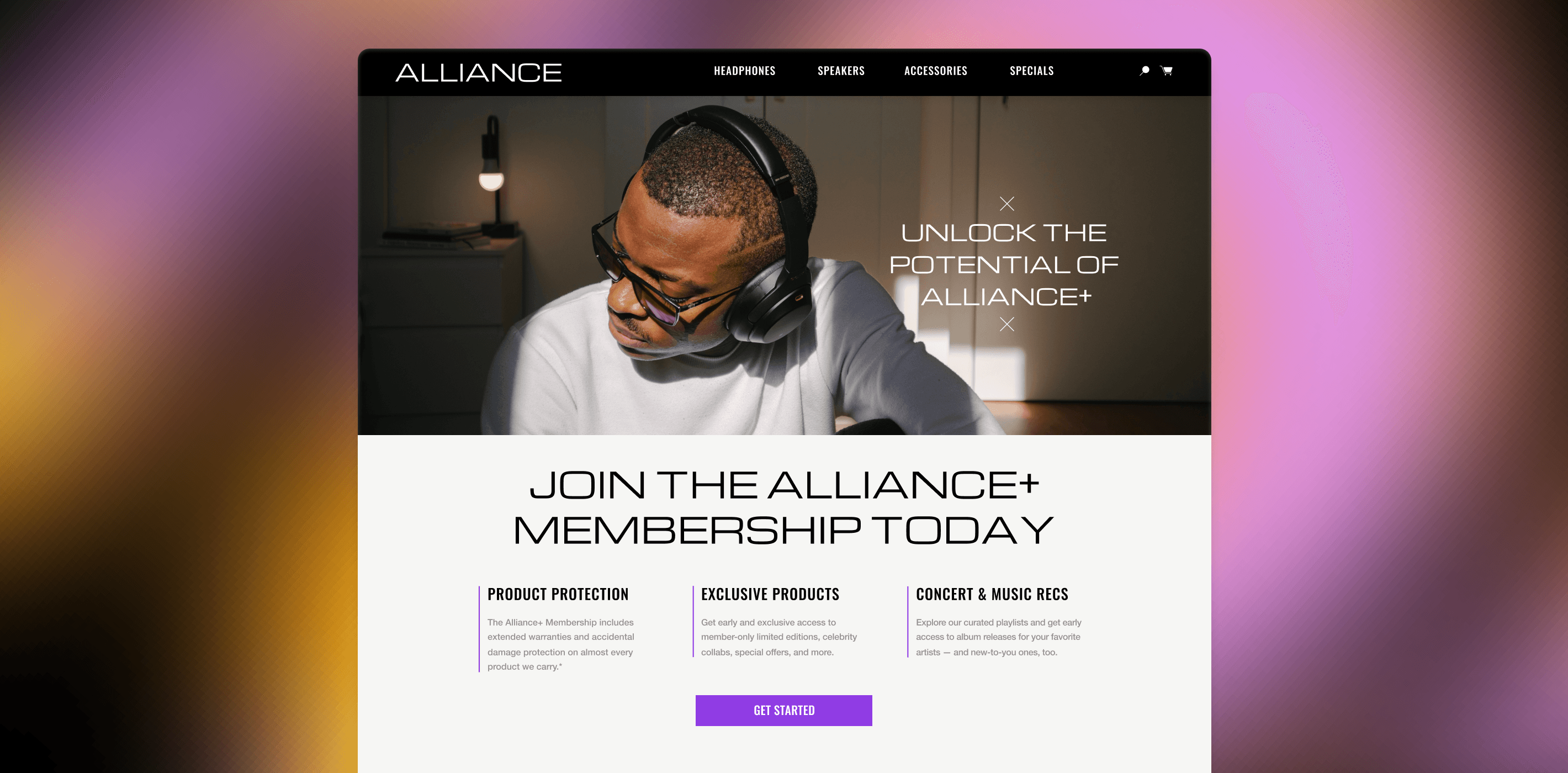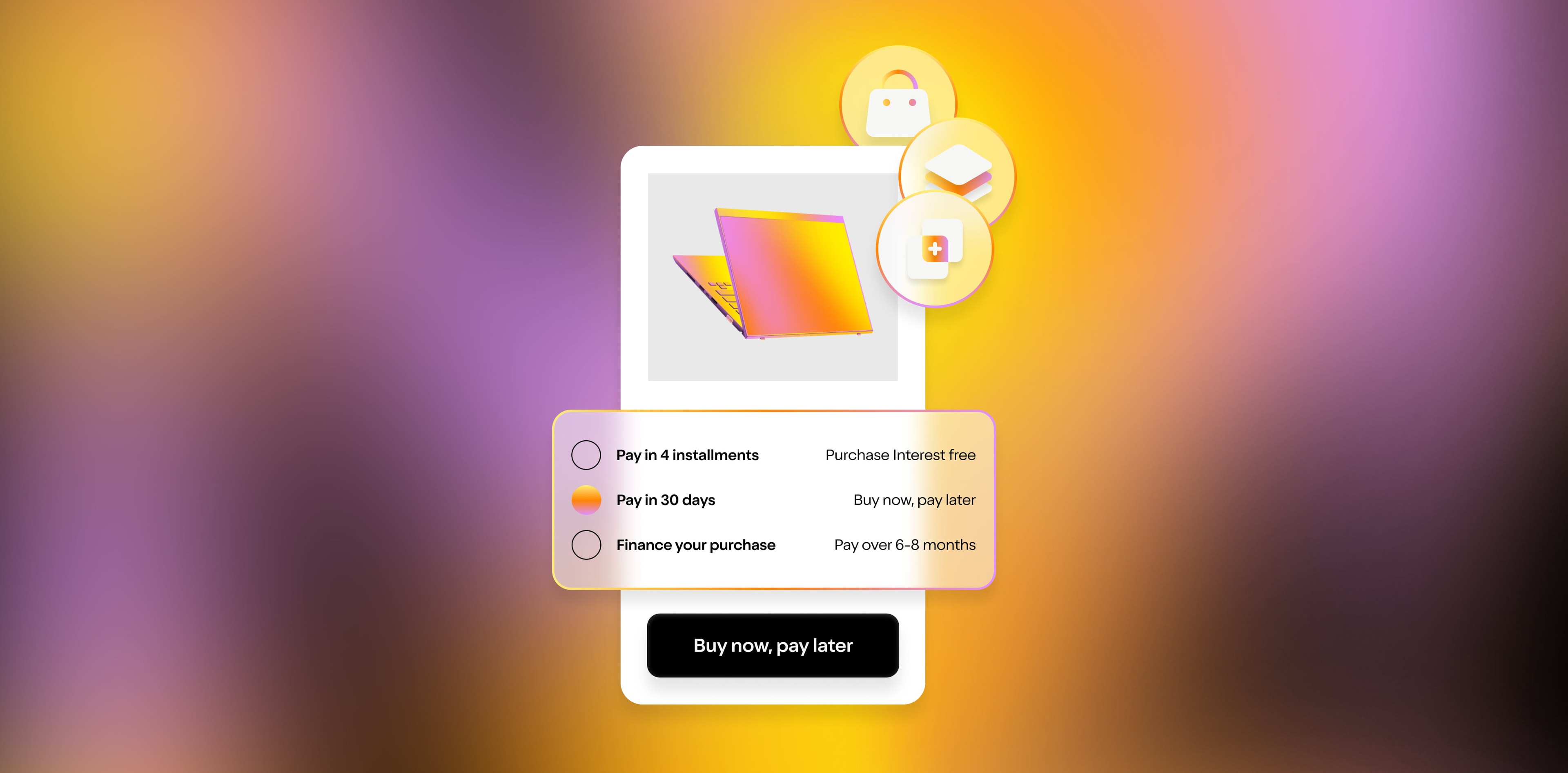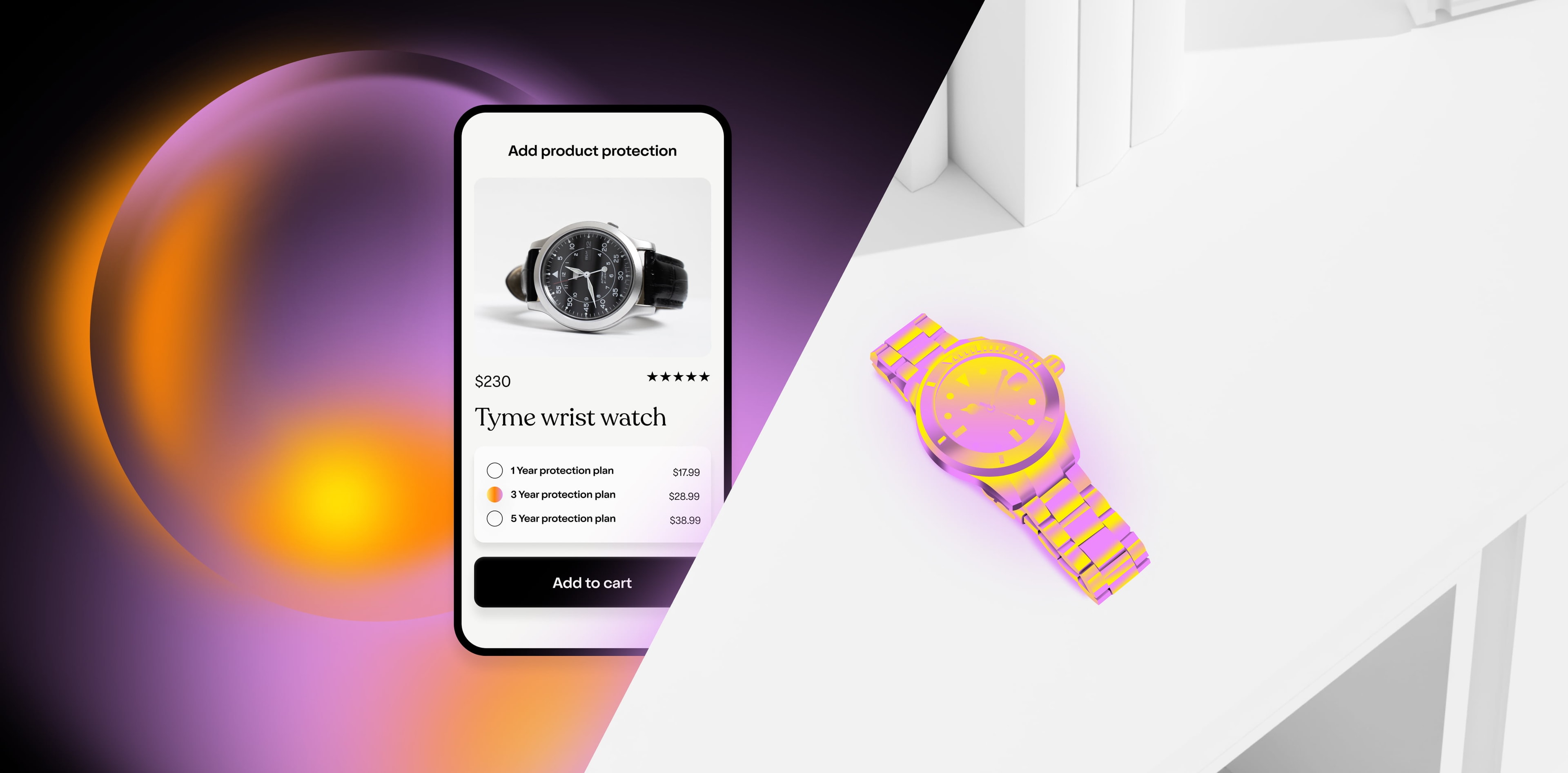The last time I walked down Fifth Avenue, it took me hours to cover the 17 blocks of New York’s high street. I kept stopping to look at window displays, pop in to try something, or check out a deal.
That was pre-pandemic, though, and I wouldn’t have that same experience today.
A quarter of all Fifth Avenue storefronts are shuttered , and while some will come back (especially as rents drop by as much as 40%), shopping may never look the same. And it’s more than just luxury retail: as brick-and-mortar stores closed because of the pandemic, e-commerce’s meteoric growth includes spikes in household essentials, food and beverage, personal care and beauty, books and media, toys and hobby, jewelry, and consumer electronics.
But while permanent storefronts might not look as appealing to retailers, that doesn’t mean vendors—both traditional and non—won’t have any physical presence.
Whether it’s established brands looking to connect with Gen Z buyers, successful e-commerce sellers wanting to build brand awareness, niche creators interested in building on-the-ground community, or retailers of all sizes hoping to experiment with new markets, products, and trends without committing to a multi-year lease, temporary in-person shopping experiences have a lot to offer.
We’re calling it now: the pop-up renaissance is coming.
What’s a pop-up? + 8 pop-up examples
A pop-up is a retail store or experience opened temporarily, often in a makeshift space, by a company or brand in order to do one or more of the following:
Meet seasonal demand
Spirit Halloween is the ultimate seasonal pop-up showing up in early fall like clockwork and disappearing again right as November hits. Firework stands that are set up just before Independence Day are another common example.
Drive sales
Birchbox opened 500 pop-ups in Walgreens across America for the 2019 holiday season, selling “grab-and-go holiday gifts” as well as subscriptions to the monthly beauty box.
Take advantage of a trend
Chicago bar Replay Lincoln Park hosted a Fyre Fest-inspired pop-up for two weeks in May 2019, poking fun at the failed festival with relief tents and tiki drinks.
Test a new market
Jeni’s Ice Cream hosted a pop-up shop in New York’s Gotham West Market to test Big Apple demand for their scoops.
Try out a new concept
Levi’s tested a pop-up in the Netherlands in 2018 focused on appealing to Gen Z buyers—with an in-store newsfeed, an area to take photos for Instagram, and no male/female section divisions—before rolling out the new stores in North America in 2020 .
Create engagement, especially on social
Nike hosted a two-month SNKRS pop-up experience in Atlanta to promote the SNKRS app, where participants downloaded the app, shared pictures on social media, and had a chance to buy exclusive products.
And increasingly for e-comm businesses, get feedback and build communities
E-commerce florist Bloomist held a pop-up inside New York City cafe Maman for three months in 2019 to interact directly with shoppers and test out new products.
Online-only furniture seller Wayfair opened two pop-up shops in 2019 with “how-to” sections staffed by designers to drive loyalty and engagement.
They’re called pop-ups because of the way they pop onto the scene (sometimes in temporary spaces, like shipping containers or stalls) and then disappear.
And they work because they tie into several tried-and-true marketing methods:
Exclusivity. Many pop-ups are marketed to a select group of consumers, like influencers and brand loyalists, to encourage their attendance and participation.
Scarcity. Usually only open for a short run, pop-ups enjoy the demand surges that come with a limited-time opportunity.
Hyper-personalized. Often designed around a target audience, pop-ups can appeal to specific subsections of desired consumers, from Gen Z buyers to LA bloggers to Chicago dog owners.
Where did pop-ups come from?
If you look back far enough, you can find the first seasonal pop-ups in the 13th-century Christmas markets that started in Vienna and spread out across Europe, where vendors sold seasonable treats and crafts.
Later centuries saw pop-ups that were set out to drive sales or reach new customers, from 18th-century book peddlers who sold tomes out of their carts to 20th century “rolling stones ,” which were trucks or buses that would drive into town to sell clothing, foodstuffs, school supplies, and other goods before heading on to the next location. Farmers’ markets and music festivals are other examples of well-known pop-ups that have now become a part of regular commerce.
The Ritual Expo, first held in 1997, was one of the first modern pop-up stores that sought to sell goods, create brand awareness, play into consumer trends, and build community all at once. A 2000 press release called that year’s Expo “an opportunity to soak up a unique environment while shopping for hard-to-find, cutting-edge merchandise” with “a chance to test AT&T Wireless’ cutting-edge technology and see the latest fashion accessories for wireless phones” along with “progresive fashion, art, and photo exhibits, live music, artists, DJ culture and web life.”
Pop-ups have played pivotal roles in growing certain industries, including:
Restaurants. Like with traditional retail pop-ups, chefs often host pop-up dining events to reach a new audience, test-run restaurant ideas, or create buzz. (Here’s a list of hot pop-up restaurants in New Orleans, for example.)
Jewelry. Accessories tend to be a cyclical business, with peaks around holidays like Christmas, Valentine’s Day, and Mother’s day. Jewelers have had success launching pop-up shops or events in the lead-up to holiday season, from Mejuri’s pop-up piercing studio in LA to Alison Lui’s holiday pop-up in NYC .
Media. From Game of Thrones-themed traveling exhibitions to the 200 Luke’s Diners lookalikes that Netflix sponsored across the U.S. to support their Gilmore Girls reboot, there’s no shortage of ways to deploy pop-up tactics in order to drive awareness of shows, movies, and music.
Welcome to the renaissance of pop-ups
Even before the pandemic, online-only brands were experimenting with building community in new ways via pop-ups. This Forbes piece on outdoor retailers popping up in New York City quotes e-commerce brand Backcountry’s SVP of marketing as saying, “SoHo offered us the opportunity to jump into the deep end of retail: The customers are discerning and have incredibly high expectations, your neighbors are considered some of the best in retail, and the market is crowded—so you have to stand out.”
Backcountry’s pop-up was successful, the piece goes on to say, citing collaborations with partner brands, well-attended events, and a clear spike in sales, with AOV for online orders placed in-store ringing in at twice as high as AOV on the site.
Coming out of a year-long COVID-19 shutdown that has scared retailers away from long-term leases, added competition to the e-comm space, and seen some newer brands develop real customer loyalty, it’s pop-ups’ time to shine.
Here are some ideas we expect to see retailers, both traditional and non-, jump on in the pop-up space:
Big box stores planning their physical footprint differently, collaborating with competitors to share space in more flexible leasing arrangements and designs
Sellers building hype around special product launches and drops by planning pop-up parties (either one-offs or nationwide campaigns), especially for products targeted at novelty-loving Gen Z
Crossover pop-ups uniting different industries, like a workout gear company partnering with a food brand to launch a co-branded shop / cafe to build off of each other’s complementary audiences
Number-crunching e-comm marketplaces using buying trend data to host hyper-personalized holiday shopping markets, either in standalone pop-ups or within a network of existing stores, around key shopping periods like Mother’s Day and Christmas
Subscription services investing in pop-ups (a la Birchbox, as explained above) to bring their products to a new market
Media companies leveraging pop-ups to build hype for new releases. from music to movies
A full embrace of the outdoors, with open-walled shipping containers just being the start, especially as people are wary about things like ventilation in indoor spaces
Tech-powered installations, like murals with embedded QR codes, functioning as a kind of pop-up/street art hybrid
And more and more designed-for-Instagram pop-ups like 29 Rooms to create troves of user-generated content to use in social media marketing and beyond
6 rules for approaching pop-ups as a retailer
So you agree: we’re in a pop-up renaissance. What does that mean for your business?
We asked Sarah Shaprio, Head of Digital Merchandising, DTC at Clorox and Founder at Rosie Bold , an accessories line for kids to empower girls to be bold (as well as a retail consultant and the author of the weekly retail round-up Sarah’s Retail Diary ), to weigh in.
Here are her rules for brands considering exploring the space:
1. Think of it as a test.
“A retailer who hasn't dipped their toes in brick and mortar yet should think about it more in terms of a marketing and acquisition test,” says Sarah. “Don't be afraid to try something new and get new potential customers familiar with their brand. You want them to have a great impression versus trying to push hard on sales at first. Testing is the best way to approach it.”
2. Don’t chase every opportunity—find the right one.
Yes, we’ve done all this work to convince you that pop-ups are the greatest thing to hit retail since the online shopping cart, but don’t rush into launching a pop-up that doesn’t make sense, says Sarah. “Is the opportunity a good fit? If it doesn't make immediate sense to you, think about how confusing it will be to others,” she says. That means understanding the point-in-time goals as well as thinking about your larger brand experience. “Think about the long-tail opportunities and what you can do next to continue the excitement.”
3. Identify the exact audience you’re serving.
“With a pop-up you can also think hyper local. What community will you be able to serve and how can you connect with them. Can you make it a super special brand experience?” she adds.
4. If you’re not Nike, that’s okay.
Ostentatious isn’t always right for your goals or your budget, says Sarah. “For a pop-up, brands need to be focused on their own brand vs trying to do the same thing as someone else. It doesn't have to be a huge splash, something simple can be meaningful.”
5. Consider partners or themes.
You don’t have to go it alone. “A potter can partner with a plant store to do a pop-up—two products that don't compete but have such a strong affinity. A jewelry boutique or brand can do an ear piercing party,” says Sarah.
6. Get inspired!
Sarah’s located in California, but says that she can’t wait to visit the LTD by Lizzie Tisch pop-up when it’s safe to travel. She also loves what Olivia Kim executes at Nordstrom's with the Pop-In and their focused assortments (currently curated on the theme “Package Free for Earth Day”). “Being able to learn about new brands and a special unique experience that you can only discover at a pop-up is the best to me,” she adds. Go forth and follow her lead!
Read more of Clyde’s insights on the future of retail:
SIGN UP FOR OUR NEWSLETTER








